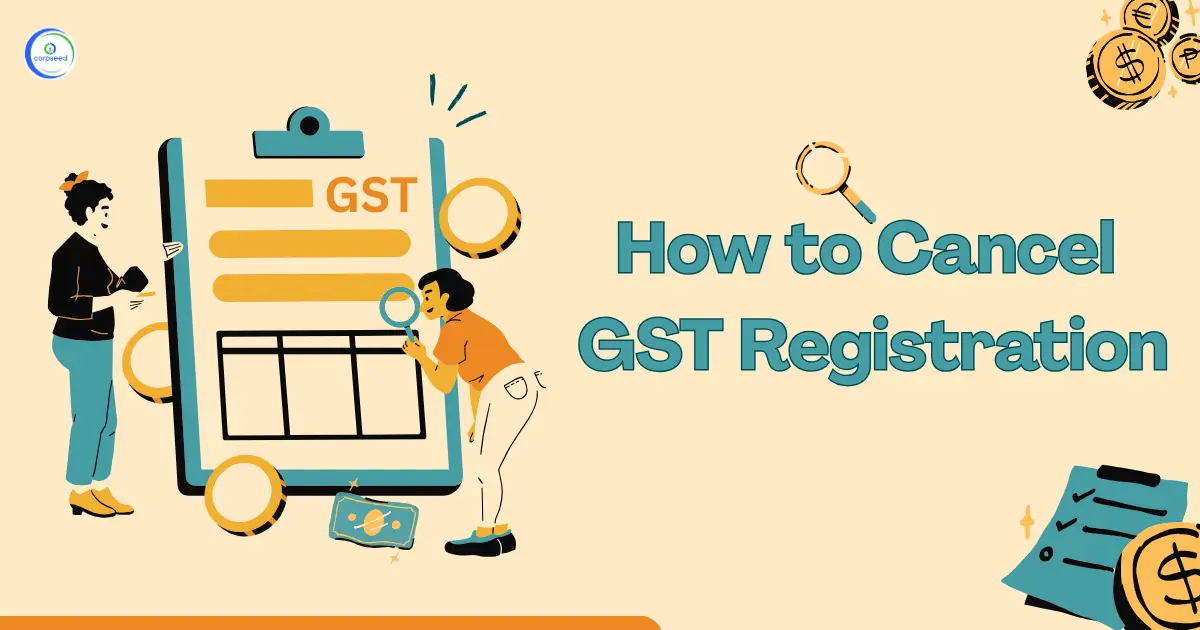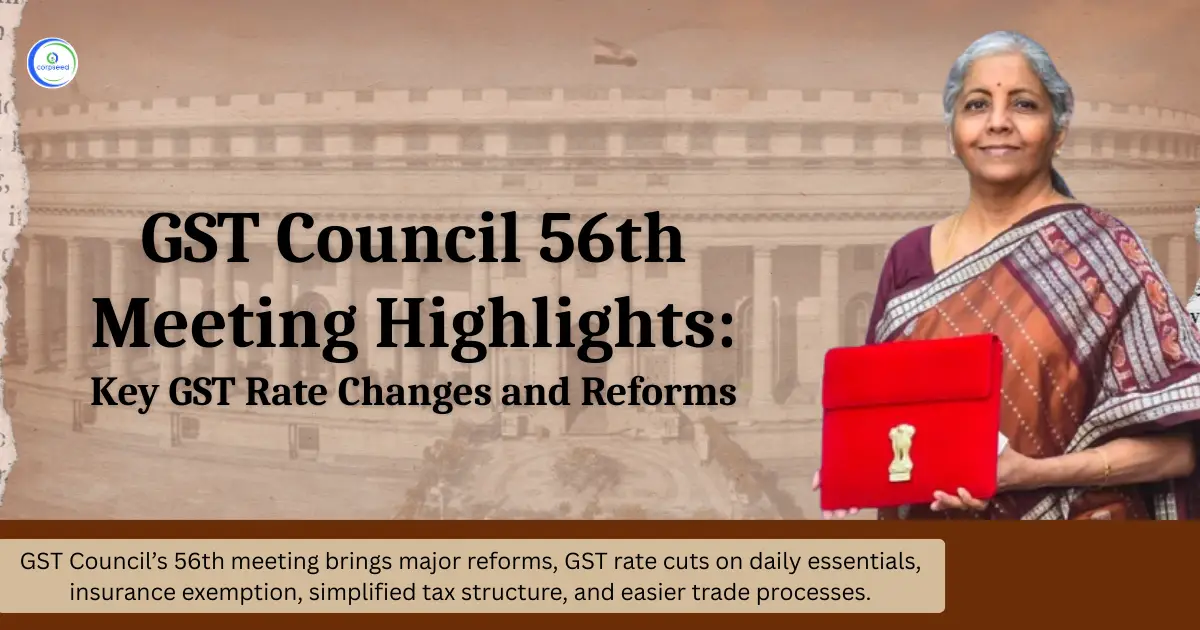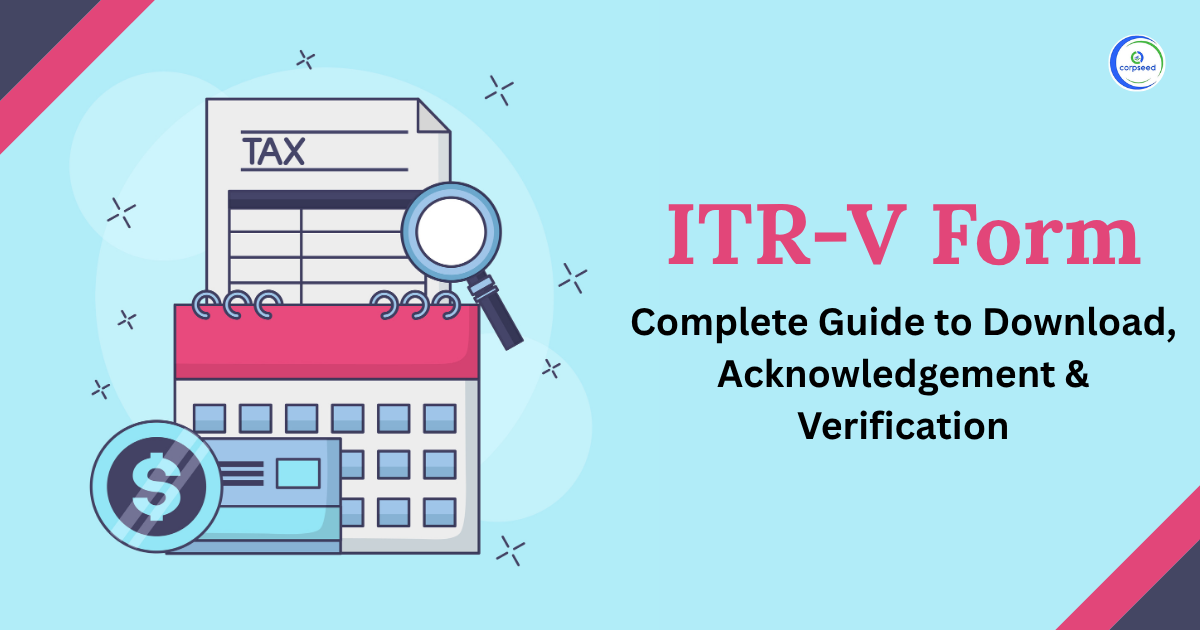Taxation of F&O (futures and options) in India is a term that refers to the legal principles and policies of levying duty on earnings and losses resulting from transactions carried out with futures and options contracts on recognized stock exchanges in India.
Table of Contents
--------------Blog Contact Form-------------
What is F&O Taxation in India?
In India, F&O taxation refers to the income tax laws that relate to the gains and losses on financial derivative contracts known as futures and options. Financial derivatives in stock markets have essential assets such as shares, indices, or commodities. This typically involves classifying earnings as either business profits or capital gains and applying tax rates accordingly while adhering to reporting standards.
F&O Taxation can also be described as the rules and regulations regarding tax on the profits and losses that are expressed through transactions in the Futures and Options Contracts category. Taxation of F&O involves the following key points:
F&O Taxation Key Points
Nature to Income:
- Operating income: Profit and loss from trading in F&O is generally treated as operating income in India. This touches on top of the argument that work in F&O is perceived as highly routine and structured, unlike in other industries.
- Capital gains: However, occasional gains made by some traders may be taxed as capital gains, especially if the trade is infrequent and not in a business-like manner.
Tax Reasons:
- Business Income: Here the income from the F&O business is treated as per the slab rates of the concerned person or entity. Thus, gain will be included in the gross income of the taxpayer and taxed at applicable rates.
- Capital gains: If the F&O business is being treated as capital gains, the gains are taxed based on the holding period.
- STCG (Short-Term Capital Gains): Interest on property held for less than 36 months is charged at 15% plus VAT and Cess.
- LTCG (Long-Term Capital Gains): For assets held for more than 36 months, it is 20% with indexation interest, but usually F&O interest is short-term.
Reporting and Compliance:
- Auditing requirements: If the total income from the F&O business in any financial year exceeds Rs. 10 million, such accounts should be maintained by a Chartered Accountant.
- Tax returns: Traders must disclose gains and losses from the F&O business on their income returns. A number of all projects must be monitored and recognized accordingly.
Error Set-off and move forward:
- Business losses: can be set off against other operating income and carried forward for up to 8 years.
- Capital losses: can be set off against other capital gains and can be carried forward for 8 years.
No Tax Deducted Sources:
There is no TDS applicable on F&O transactions whereby traders are responsible for calculating and paying their own taxes.
Documentation:
Bookkeeping: Traders must keep full records of all trades, contracts, transaction statements, and profit and loss statements. This requirement in terms of proper documentation is necessary for both accuracy and compliance when it comes to paying taxes.
Professional Advice:
Considering the complexities of taxation regarding the F&O segment, it is advisable that traders consult tax professionals or chartered accountants. They would help with proper tax treatment, compliance, and optimization of tax liabilities.
How to Calculate F&O Tax in India?
Taxes on trading in F&O in India have to be calculated by looking at the nature of the income and the relevant rules applicable. Here is step-by-step help for calculating F&O tax:
Determine the Nature of Income:
- Business Income: As stated earlier, most of the F&O trading comes within the ambit of business income because of its organized and systematic nature.
- Capital Gains: It is unlikely that infrequent or non-systematic trading will be viewed as capital gains, although this again is the least common situation.
Calculate Gross Income:
- Track All Trades: Maintain a record of total profits and losses gathered from all F&O transactions in the financial year
{SP= Sale Price & BP= Buy Price}
Profit / Loss on ‘Futures Contracts’ = (SP- BP) x No. of Contracts.
Profit / Loss on ‘Options Contracts’ = (Premium Received – Premium Paid) x No. of Contracts adjusted for closing costs, if any.
Business Expenses (from Business Income):
- Allowable Deductions: Subtract charges directly related to trading from gross income. It may be brokerage, transaction costs, research, and advisory fees, and internet and communication costs.
Compute Net Income:
- For Business Income:
Net Income = Gross Income - Allowable Business Expenses
- For Capital Gains:
Net Income = Gross Income (without generally any deduction of expenses)
Calculate Tax Liability:
Business Income:
- Income Tax Slabs: The net income is taxed at the rate of the applicable income tax slab rates. It ranges from 0% to 30% for individuals, considering total income, and for companies, following corporate tax rates.
- Audit Requirement: Audit is required in case your turnover is more than Rs.1 crore.
Read More Blog: Income Tax Slab Rates for FY 21-22 (AY 2022-23)
Capital Gains:
- Short-Term Capital Gains: 15% plus applicable additional charge and cess.
- LTCG: Levied at 20% with indexation benefits; however, it is generally not relevant in the case of F&O as it is usually treated as short-term.
Set-Off and Carry Forward Losses:
Business Losses:
- Set-Off: Can be set off against other business income.
- Carry Forward: This can be carried forward up to a maximum period of 8 years to set off against future business income.
Capital Losses:
- Set-Off: Can be set off against capital gains.
- Carry Forward: Can be carried forward for up to 8 years to set off against future capital gains.
Prepare and File Tax Returns:
- Filing Tax Returns: Declare your F&O trading income and losses in your income tax return.
- In the case of Business Income: ITR-3 or ITR-4 forms.
- In the case of capital gains, ITR-2 or ITR-3 forms.
- Maintain Records: Keep full details of all trades, contracts, and financial statements to verify your tax filings.
Professional Advice:
- Tax Professional: Due to complexities, it is required to take the services of a tax professional or CA (chartered accountant) for proper calculation, compliance, and optimisation of tax planning.
Example Calculation:
- Total Profits from F&O Trades: ₹2,00,000
- Allowable Business Expenses: ₹30,000
- Net Profit (Business Income): ₹2,00,000 - ₹30,000 = ₹1,70,000
- If Treated as Business Income: ₹1, 70,000 will be taxed according to individual income tax slabs.
- If Treated as Short-Term Capital Gains: Tax at 15% on ₹1, 70,000 = ₹25,500 (plus applicable surcharge and cess).
Conclusion
In India, the trading of futures and options is generally classified as business income; therefore, one needs to calculate the gross income severely while deducting related expenses to arrive at the correct tax computation. By following the steps involved in detailed record-keeping, allowing for deductions of expenses incurred and correct classification of the nature of income, a trader can be assured of compliance with the Indian taxation authorities while minimising his tax liabilities. The complexities of F&O taxation, hence, warrant professional advice to help substitute the nuances of tax calculations and filings.
This portion of the site is for informational purposes only. The content is not legal advice. The statements and opinions are the expression of author, not corpseed, and have not been evaluated by corpseed for accuracy, completeness, or changes in the law.
BOOK A FREE CONSULTATION
Get help from an experienced legal adviser. Schedule your consultation at a time that works for you and it's absolutely FREE.









